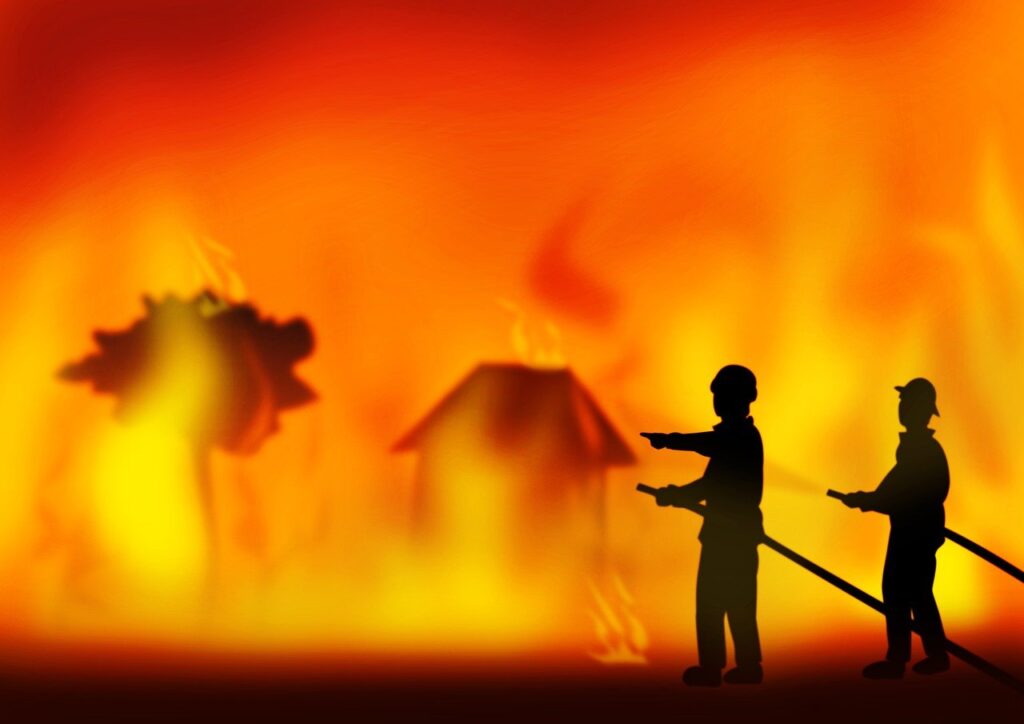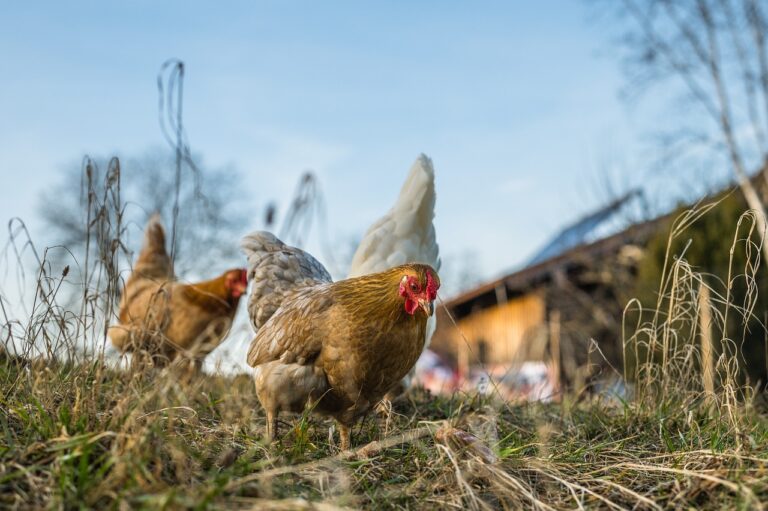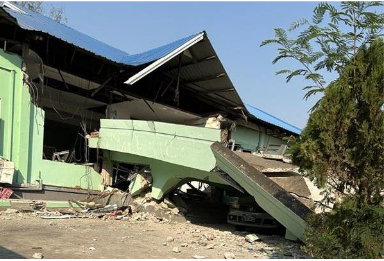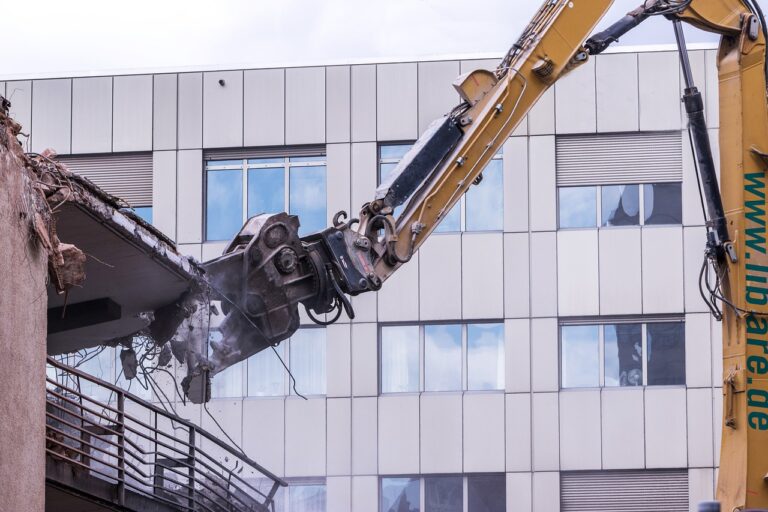
Seoul: South Korea is currently experiencing its most severe wildfire crisis in history, with devastating fires raging across southeastern regions since March 21, 2025. The catastrophe has claimed at least 28 lives, injured 37—nine critically—and displaced over 30,000 residents, as of today. While recent rainfall has aided containment efforts, authorities remain on high alert due to persistent dry conditions and strong winds. Fortunately, rainfall overnight helped to curb the advancement of forest fires across five cities and counties in North Gyeongsang Province. In Yeongdeok, the Jubul Fire was fully extinguished, marking a significant achievement as it accounts for over 90% of the fire control efforts in the entire Yeongnam region.
Nonetheless, the unfolding crisis has exposed significant gaps in South Korea’s wildfire management system, raised urgent policy questions, and intensified discussions about climate change’s role in escalating natural disasters. This analysis explores the key challenges, underlying causes, and necessary policy shifts that must follow in the aftermath of this disaster.
Systemic Weaknesses in Firefighting Infrastructure
South Korea’s response to wildfires is primarily dependent on temporary firefighters, many of whom are elderly and underpaid. Reports indicate that 73% of the country’s temporary wildfire firefighters are over 60 years old, earning just $50 per day. This raises major concerns about workforce sustainability and effectiveness, particularly given the increasing intensity of wildfires.
The government has deployed a large-scale firefighting force—comprising 9,000 personnel, 125 helicopters, and numerous vehicles—which has played a crucial role in containing major blazes like the one in Yeongdeok County. However, the reliance on an aging workforce highlights the urgent need for the recruitment of younger, well-trained firefighters and better compensation structures to attract new talent.
Additionally, Governor Lee Cheol-woo of North Gyeongsang Province has called for a reassessment of firefighting strategies, including the possible adoption of fixed-wing aircraft. Given South Korea’s increasing vulnerability to wildfires, investment in advanced firefighting technology and aerial support is now imperative.
Human Activities and the Need for Stronger Regulations
Investigations have revealed that human activities were the primary cause of the fires, with incidents linked to carelessness, including:
- A fire in Uiseong County caused by a person using a lighter at a family burial site.
- A major blaze in Sancheong-Hadong triggered by sparks from a brush cutter.
- Additional wildfires ignited by welding operations and waste burning.
These findings highlight the urgent need for stricter fire prevention laws and public awareness campaigns, especially during South Korea’s dry season (March to May). Current regulations on fire safety and agricultural land use must be revisited, and enforcement mechanisms strengthened to prevent similar disasters in the future.
Climate Change as an Accelerant
While human activities were the direct cause of the wildfires, climate change has undeniably played a role in worsening their impact. Experts note that prolonged dry periods and stronger winds have created conditions conducive to rapid wildfire spread. Climate scientists warn that global warming will likely lead to more frequent and severe wildfires worldwide, including in South Korea.
To mitigate future risks, South Korea must enhance its climate resilience strategy, focusing on:
- Forest Management: Implementing controlled burns and maintaining buffer zones to reduce fuel loads.
- Infrastructure Adaptation: Strengthening fire-resistant building codes in high-risk regions.
- Emergency Response Enhancements: Expanding funding for wildfire response training and equipment.
Economic and Cultural Costs of the Disaster
The wildfires have already consumed more than 45,000 hectares (111,200 acres) of land, surpassing the 2000 East Coast wildfire in devastation. The destruction of homes, infrastructure, and farmland will result in long-term economic repercussions.
Additionally, the fires have severely damaged cultural heritage sites, including the 7th-century Gounsa Temple and the UNESCO-listed Hahoe Folk Village. The loss of such historic landmarks is irreplaceable and raises concerns about South Korea’s ability to safeguard its cultural heritage from natural disasters.
The government has allocated 2.6 billion won (US$1.26 million) in emergency relief, while corporations like Hyundai, SK Group, and LG Group have pledged additional funds. However, experts predict that the total economic impact—including losses in agriculture, infrastructure, and heritage—will far exceed initial relief measures.
International Solidarity and Future Cooperation
The United States today expressed its condolences and emphasized its support for South Korea, citing the country’s past assistance during U.S. wildfire disasters. While the US has offered aid, South Korea has so far managed the crisis independently. In past wildfires, such as the 2022 Uljin forest fire, joint operations with U.S. military support proved effective. Today, US State Department Spokesperson Tammy Bruce said in Washington, “Our nation has not forgotten the Republic of Korea’s unwavering support during the devastating wildfires in Los Angeles and Hawaii. Just as you have stood with us, we will stand with you”.
Looking ahead, stronger international collaboration on wildfire management—including technological exchange, joint training exercises, and equipment sharing—could bolster South Korea’s firefighting capabilities.
Conclusion: A Call for Urgent Reforms
As South Korea transitions from crisis response to recovery, the government faces mounting pressure to address the systemic vulnerabilities exposed by this disaster. Critical areas requiring immediate attention include:
- Workforce Reform: Increasing firefighter wages, recruiting younger personnel, and enhancing training programs.
- Stronger Fire Prevention Laws: Enforcing stricter regulations on fire-related activities, particularly during peak wildfire seasons.
- Climate Adaptation Strategies: Investing in better forest management and wildfire-resistant infrastructure.
- International Cooperation: Strengthening partnerships for improved disaster response and prevention.
The devastation caused by these wildfires must serve as a wake-up call for South Korea to modernize their wildfire management strategies. Without urgent reforms, the nation risks facing even greater disasters in the future. The same applies to other nations prone to wildfires.
– global bihari bureau





